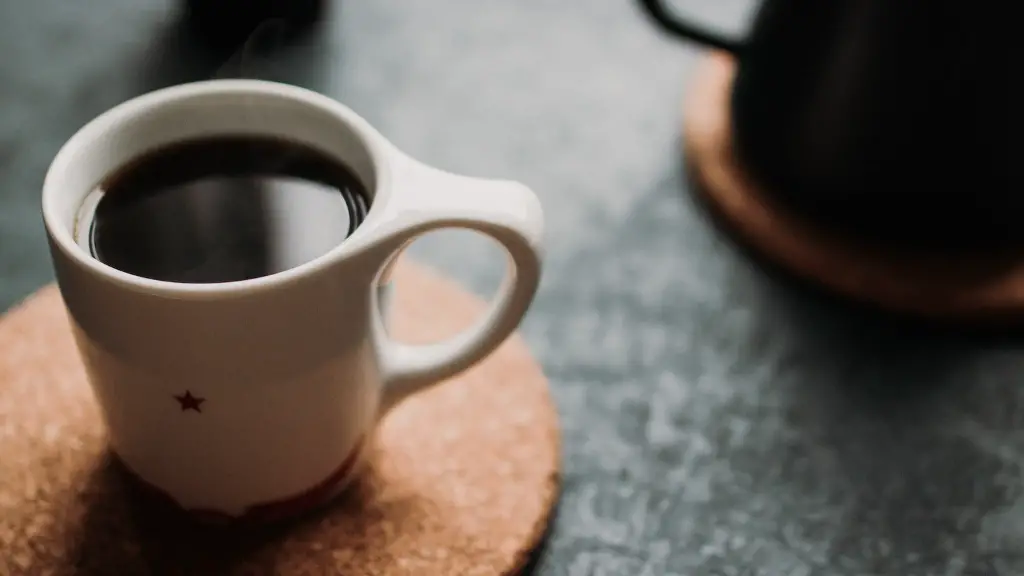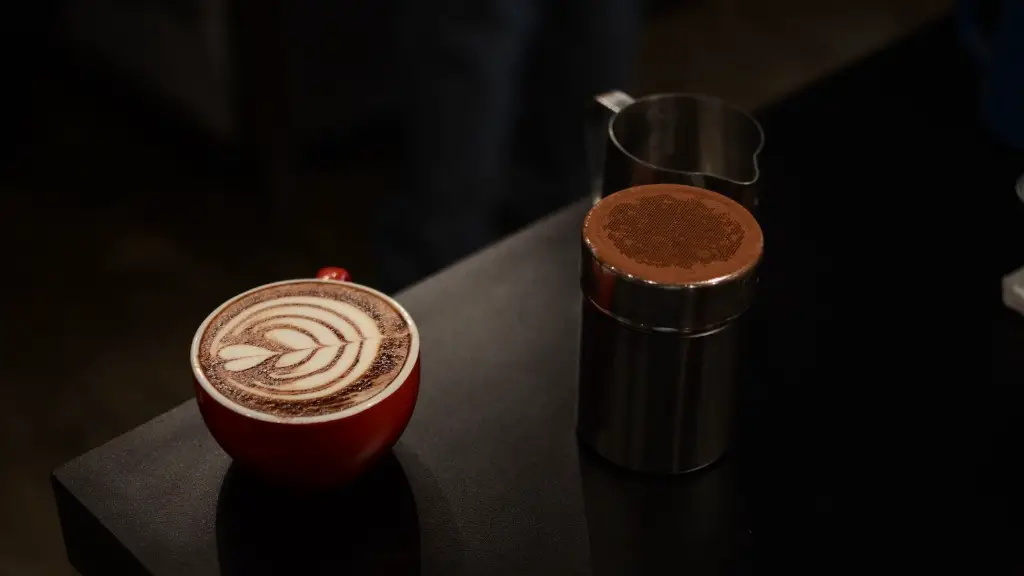Prepare the Coffee Grounds
Cold brewed coffee is a unique and flavorful beverage that is quite easy to make if you have the right supplies. In short, cold brewing involves steeping freshly-ground coffee beans in cold or room temperature filtered water for 12 to 24 hours. The result is a smooth, sweet, low-acid coffee concentrate, which can be enjoyed over ice, lashed with a bit of milk, or diluted with hot water or steamed milk to make a latte or cappuccino.
To get started, you’ll want to find some fresh, quality coffee beans and grind them for cold brewing. Your grounds should be ground to a coarse consistency – like beach sand. If you use a finer grind, the resultant coffee may be a bit cloudy, and you may experience a slight bitterness.
Cold Brew Your Coffee
Once the grounds are ready, you’ll need to combine them with filtered water. This can be done using a French press, a Mason jar, or even an Aeropress. Place the grounds at the bottom, then fill with cold water to your desired strength. Most folks use a ratio of 1:5 coffee to water, but as with any coffee preparation method, that ratio can vary. Once combined, you can stir the mixture, give it a few gentle stirs with a chopstick, or agitate the grounds with a plastic whisk.
Steep Your Coffee
When the coffee grounds and water have been combined, it’s time to steep the coffee. Place the container in the fridge or a cool, dark area for 12 to 24 hours. Periodically add a bit of cold water to the top to replace any water that may have evaporated.
Strain the Coffee
Once the steeping process is complete, you’ll need to strain the coffee. This can be done using a French press, a cheesecloth, or an AeroPress. If using a French press, press down slowly, ensuring that all of the grounds are submerged in water as you do so. Once all of the coffee has been strained, transfer it to a sealed container, such as a Mason jar or bottle.
Refrigerate or Freeze Your Cold Brew Concentrate
Once the cold brew concentrate is strained and in a sealed container, you can either store it in the fridge or freeze it for a later date. This can be helpful if you’re a frequent cold brew drinker; it’s much easier to just grab a frozen bottle from the freezer than to make a fresh batch every time.
Serving Your Cold Brew
When it comes time to enjoy your cold brewed coffee, simply pour a few ounces of the concentrate into a mug, over ice, and add a bit of milk or your favorite sweetener, if desired. You can also dilute it with hot water or steamed milk to make a more traditional iced coffee or latte.
Tips for Making Cold Brew Coffee
Here are a few tips to keep in mind when making cold brewed coffee:
- Start with fresh, quality coffee beans, and grind them for cold brewing.
- Use filtered water for the best flavor and clarity.
- Steep the grounds for 12 to 24 hours; longer steeps may result in a stronger concentrate.
- Strain the coffee carefully, as a fine grind can make for a cloudy cup of coffee.
- Store in the fridge or freezer for a later date.
- Enjoy over ice or diluted with hot water or steamed milk for a traditional iced coffee or latte.
Cold Brewed Coffee vs. Regular Coffee
The most noticeable difference between cold brewed coffee and regular coffee is the lack of acidity in cold brewed coffee. Because cold brewing doesn’t involve hot water, the process doesn’t extract as much of the natural acids found in regular coffee. This makes cold brewed coffee much smoother and more palatable to those who are sensitive to acidity.
In addition, cold brewed coffee tends to be more concentrated, which means that you can enjoy more flavor benefits without having to use as much coffee. This makes cold brewed coffee more economical than traditional coffee, as you can get more out of each cup.
Aroma and Flavor of Cold Brewed Coffee
One of the biggest benefits of cold brewing is the lovely aroma and flavor of the drink. Cold brewed coffee is much less bitter and acidic than regular coffee, which means that it retains more of its natural flavors. You’ll pick up notes of chocolate, nuttiness, sweetness, and even floral and citrus tones in cold brewed coffee that you won’t be able to find in regular coffee.
How to Customize Cold Brewed Coffee
One of the best things about cold brewed coffee is that you can customize it however you like in order to make the perfect cup. Whether you like it subtly sweet or very bold and robust, you can make it just the way you like it.
One terrific way to customize cold brewed coffee is by adding syrups, such as classic caramel or hazelnut, or crafty flavorings like lavender or rosemary. You can also use flavored milks or nut milks to give your cold brewed coffee an additional layer of flavor. Adding honey, maple syrup, or agave nectar to your cold brewed coffee is also a great way to sweeten it up.
Brewing Time as an Adjustable Factor
Cold brewing is a simple process, but it is flexible in terms of brew times. Depending on the flavor profile you’re looking for, you can steep for 12 hours for a milder flavor, or up to 24 hours for a more robust concentrate.
It’s best to experiment with different brew times to see what works for you. As a general rule, you can start with a 12-hour brew, then adjust the length of the steep from there.
The ‘Bloom’ Method of Cold Brewing
The ‘bloom’ method of cold brewing is also becoming extremely popular. This method involves pre-soaking your coffee grounds in room temperature or cold water before you steep. To bloom, combine the grounds with water, stir gently, let sit for 45 seconds, then slowly add the remaining water. This process helps to activate the grounds, extracting more flavor and producing a more consistent cup of coffee.
Cold Brewed Coffee at Home
Cold brewing is a great way to make a delicious cup of coffee at home with minimal effort. With the right supplies and a bit of practice, you can make delicious cold brew coffee with ease. With cold brew, you can undoubtedly craft the perfect cup of coffee – just the way you like it – right in your own kitchen.



